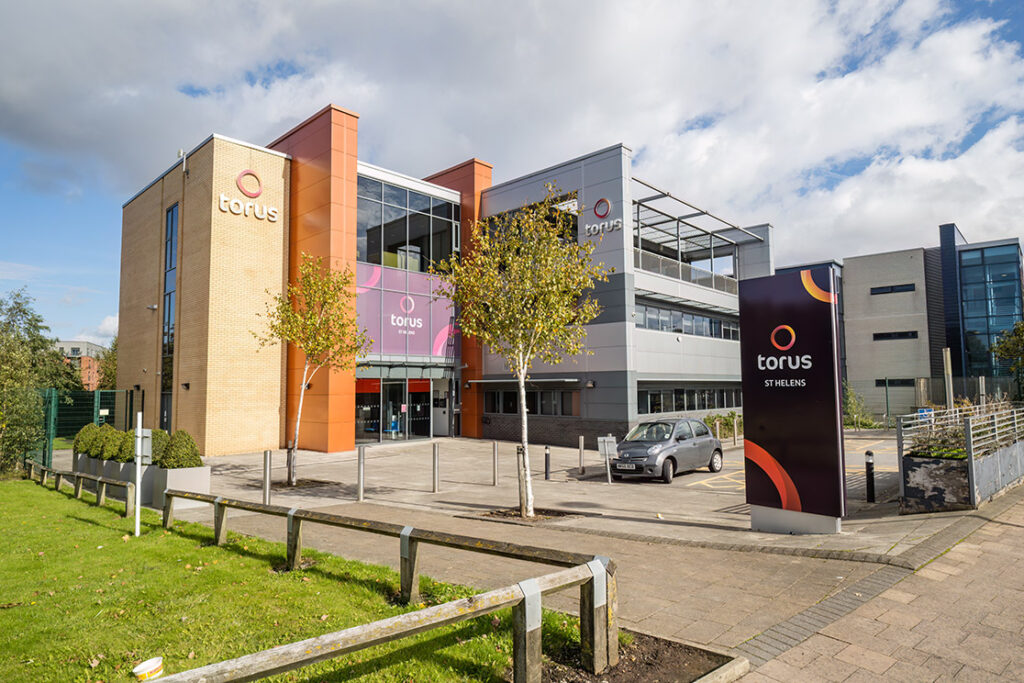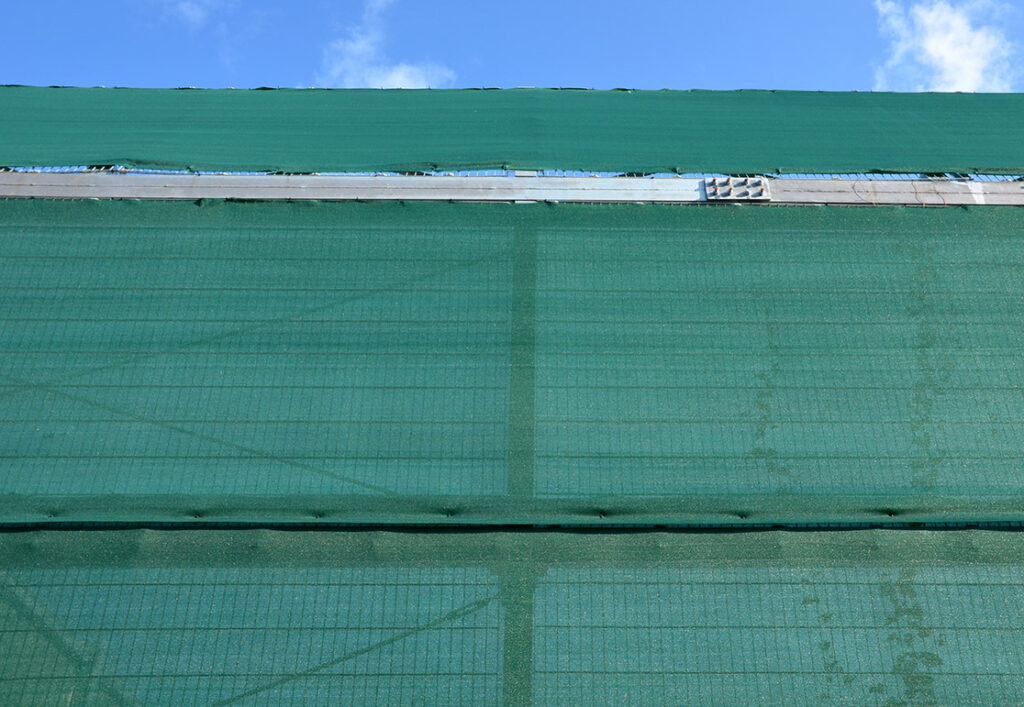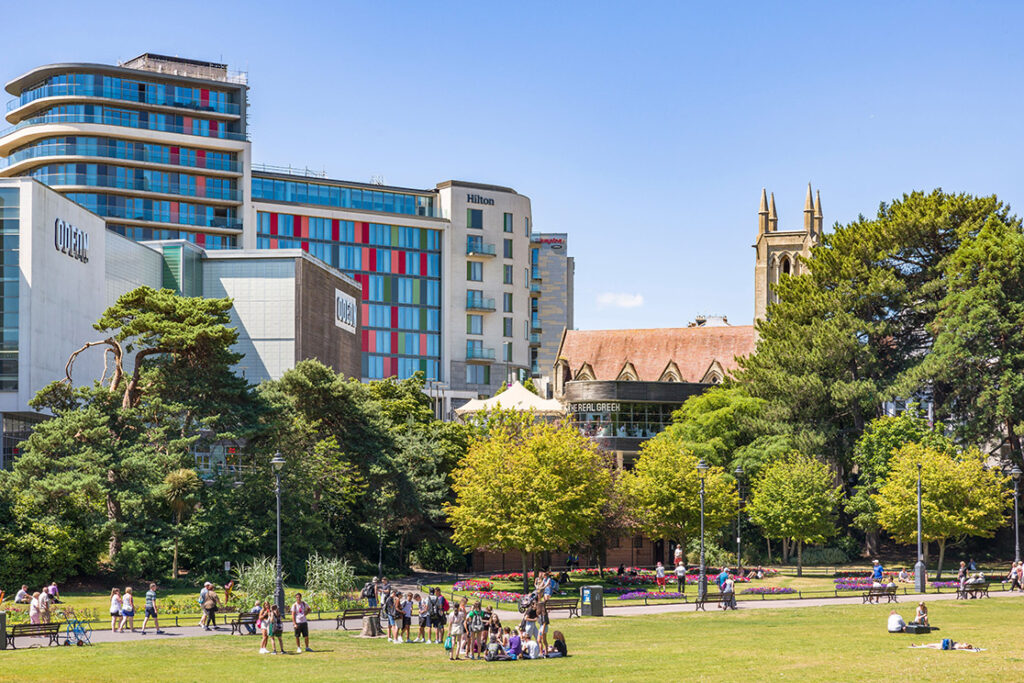How Construction Companies Can Enhance Community Interactions
No one enjoys living or working next to a construction site.
They are rarely quiet, tidy, and dust-free. In fact, they can be a darn nuisance.
The effects on the surrounding homes or offices are often significant. And – at least through the duration of the build – can feel negative.
But such projects can create jobs, boost local economies or improve amenities.
So how can construction companies like BHR minimise negative impacts and impressions? And how might they maximise the benefits and effects for those living nearby?
What strategies and practices can ensure a project meets business objectives, and leaves a positive impact?
Let’s take a look at what we can do.

Understanding the Impact of Construction on the Community
Disruptions, Challenges and the Downside
Construction activities. The disorder they bring to local communities can really annoy the neighbours. Noise, dust, and traffic congestion are common complaints from residents near construction sites.
When you’re living with them every day, these factors can feel more than intrusive. They may even lead to health concerns, particularly for those with respiratory conditions.
Construction isn’t terribly pretty either. The aesthetic of a neighbourhood can be compromised during the work. People tend to fear it will impact local property values, at least for the duration of the project.
Another challenge is the strain on local infrastructure. A busy site can mean increased wear and tear on roads and higher demands on public services.
No wonder community members can feel trepidation and oppose construction near them. This highlights the need for construction companies to work to minimise these perceptions.
Benefits, Opportunities and the Upside
On the flip side, well-planned construction projects can significantly benefit the community.
New building can bring amenities and infrastructure improvements. It can revitalise a stagnant area, bringing in investment and giving the local economy a kick.
The creation of jobs can be one of the most obvious positive impacts. Short-term work may be available in the area during the construction phase. And on completion? There may be long-term employment opportunities if the project includes commercial spaces.
Construction can enhance public spaces, with parks and recreational facilities. There may be a significant improvement in the quality of life for residents, once projects are complete. Sustainability and energy efficiency can also be advanced. When we harness these opportunities, we can ensure the result is a space that serves the needs and wants of its users.
Minimising the Harm: Strategies for Construction Companies
Proactive Planning: Reducing Disruptions
Proactive planning is essential for construction companies aiming to reduce the impact of their work. When project timelines are meticulously planned, the duration of disruptions can be limited. Control the logistics, and the impact intensity can be largely reduced.
Effective strategies include:
- scheduling high-noise activities during less sensitive times
- using traffic management plans to alleviate congestion
- controlling dust and debris with barriers and proper site maintenance
This last in particular serves to minimise air quality issues. This is one of the main health-related matters that can cause concerns.

We can further reduce negative impacts with great communication. Keeping people informed will help to reassure them. When people understand the project’s progress and expected disturbances they are more relaxed. Early engagement with community members lets them provide feedback. That allows plans to be adjusted to address concerns.
We can also minimise our footprint by investing in modern technology and machinery. This is quieter, less polluting, and more efficient. Plant, like bulldozers, diggers or cranes can be electrically powered. This is a huge benefit – as long as the charging facilities are installed on site. They are much less noisy, and don’t belch out smoke or toxic emissions. In urban areas especially, this is a fantastic advantage.
What can taking care with such choices allow?
They can showcase a company’s commitment to the well-being of the community they’re working in.
Partnering with Communities: Ensuring Constructive Engagement
Fostering a partnership with the local community is vital, using transparent communication. This will establish trust, and set the groundwork for constructive engagement, not confrontation.
This could be facilitated by holding regular meetings with community stakeholders. You can discuss project objectives, address concerns, and collect input in constructive talks. Then you can adjust unwelcome practices, demonstrating a genuine commitment to local interests.
Why should you involve the community in decision-making? Mainly because it can lead to more favorable outcomes for the project and residents.
For project developers, it’s worth considering making an additional effort. Companies can invest in community development programs. When we contribute positively and consciously we’re supporting local businesses and services. That way, we build a reputation as a responsible and community-oriented business partner.
Enhancing the Benefit: The Community and Construction Synergy
Infrastructure Improvement: A Boon for the Community
Well-run construction projects can significantly improve a community’s infrastructure. This isn’t always obvious at the start of a project, so it’s critical to get the message across clearly.
Better roads, bridges, and public transportation links can improve connectivity and accessibility. These enhancements often lead to reduced travel times and better safety for residents.
That’s a win for the neighbours right there.
Schools, hospitals, and other essential facilities may also be built or refitted. This directly impacts the quality of education and healthcare available to residents.
For construction companies, highlighting these potential benefits can foster community support. The huge upside here is the reduction of opposition to new projects.

Socio-Economic Growth: The Ripple Effect of Construction
Construction projects can kickstart socio-economic growth within communities. The immediate creation of jobs provides income to individuals and increases spending. This, in turn, supports local businesses and services.
This economic stimulus can attract new businesses and encourage entrepreneurship. The outcome is usually thriving community growth and development. No one likes run-down surroundings, empty shops or boarded up offices. If your project is likely to have a beneficial impact, it’s time to get talking about it.
Where the project allows, why not collaborate with local schools or colleges? You can offer work experience, apprenticeships and training programs. What might the community think of equipping young locals with valuable skills? That has got to be a brilliant contribution.
These initiatives can help bridge the skills gap the construction industry struggles with. How valuable to prepare the workforce for future opportunities? It’s essential to help eliminate the labour shortage we can struggle with.
When we recognise the impact of our work, construction companies can create growth. This resonates throughout the community and helps to garner true support and cooperation.
What better way to reinforce our image as a catalyst for positive change?
Overcoming Disadvantages: Turning Challenges into Opportunities
Mitigating Environmental Impact: Building a Green Future
The environmental impact of construction is a real issue, and is a concern we must address. So how can we mitigate this?
Construction companies need to adopt green building practices such as:
- using sustainable materials
- reducing waste
- implementing energy-efficient designs
These are steps that can lessen the damaging ecological footprint of construction projects.
Take conserving natural resources and promoting renewable energy use. These practices protect the environment, and provide long-term cost savings for project stakeholders.
Green spaces such as parks and community gardens can be integrated into plans. They enhance biodiversity and provide residents with valuable recreational areas. This is especially true in urban areas.
Companies can also invest in technologies that monitor and control on-site pollution levels. Taking advantage of these innovations can help ensure minimal environmental disturbance. This in turn results in happier neighbours. And don’t be afraid to tell them what you’re doing in this respect, so they know you’re taking their concerns seriously.
We must work to overcome the negative environmental impact of construction. Then we really will be building a green and sustainable future for the community.
Managing Noise Pollution: Ensuring Peaceful Coexistence

Noise pollution is a major concern for communities near construction sites. But what can we do about it?
We can:
- invest in quieter machinery and technology, such as electrically powered plant
- establish noise barriers between the site and anyone living or working nearby
- adhere to strict working hours to prevent disturbances during evenings and early mornings
These will all help to cut down on irritation for our neighbours.
Regular monitoring of sound levels is essential. This can work alongside community feedback to check mitigation measures are working. Companies should implement ‘quiet zones’ near sensitive areas like schools and hospitals.
All such measures need to embrace the fact that some noise, dirt and mess is unavoidable. Discussion, fore-warning, and working together will lead to far better relations though.
It’s a clear way to demonstrate a commitment to community well-being. Where we can build trust, and reduce the stress of living near a construction site, we should.
We can showcase our respect for the community, and demonstrate our dedication to harmony. Thus respect, trust and cooperation are much more likely to grow.
The Role of Different Types of Construction Projects in Community Development
Residential Developments: Creating a Real Sense of Community
Residential developments – let’s call them what they are – people’s homes. Their place of safety, their family refuge, the place they spend most of their time. The homes we build play a crucial role in shaping the fabric and character of a society.
Thoughtfully planned and executed, great housing can foster a strong sense of community. Open spaces and amenities encourage interaction and connectivity among residents.
This means designing communal areas such as parks, playgrounds, and meeting spaces. These serve as social hubs for families and individuals to come together.
Residential projects can offer a mix of housing options. Flats, small houses and family homes can sit next to each other comfortably when well planned. This encourages a diverse population, with community spaces leading to inclusivity and belonging.
Such developments should also include essential services like shops, healthcare facilities, and schools. Omitting these facilities can lead to people feeling cut off and distanced. Rather, make them self-sufficient and reduce the need to travel far for daily needs.
Prioritising the community’s lifestyle and social needs, lets construction companies create vibrant neighbourhoods. When people feel connected and invested in their surroundings, we have done our jobs well.
Commercial Developments: Stimulating Economic Growth
Relevant commercial developments are powerful catalysts for economic growth within communities. From shopping centres to office buildings, these projects create jobs and attract businesses. This in turn injects vitality into the local economy. Opportunities for entrepreneurship and enterprise can draw in investment from outside the area.
Commercial spaces encourage consumer spending and can turn neighbourhoods into destinations. This can open up the full potential of the area and create further commercial activity.
Construction companies that focus on creating multi-use spaces contribute to a community’s vibrancy. Offering a blend of retail, dining, and entertainment options adds spark and appeal to an area.
Sustainable design and green spaces can enhance the aesthetic appeal of the area. What a great opportunity to promote environmental responsibility whilst enriching communities.

Improved Infrastructure: Serving the Community Directly
Public and private infrastructure projects are essential for providing the community’s fundamental needs. Improved facilities improve the quality of life for its members. Schools, hospitals, and public transportation systems can impact immediately on community welfare .
Sometimes, at the beginning of a project, those benefits may not be obvious. The people living and working nearby need information to help them visualise them. Great messaging can communicate the purpose of the construction. Be great are your public relations, and they’ll be much more likely to be on side during the work.
How do you demonstrate a commitment to public safety, accessibility, and sustainability? Well-designed transportation networks reduce congestion and pollution? Efficient public utilities to support growth and reduce the environmental footprint?
Construction companies that engage in sizeable projects contribute to the community well-being. They also lay the groundwork for their future prosperity and resilience.
How do you manage public relations on your project sites? If you’re looking for a construction partner that takes community relations seriously, talk to us.
Back to Insights